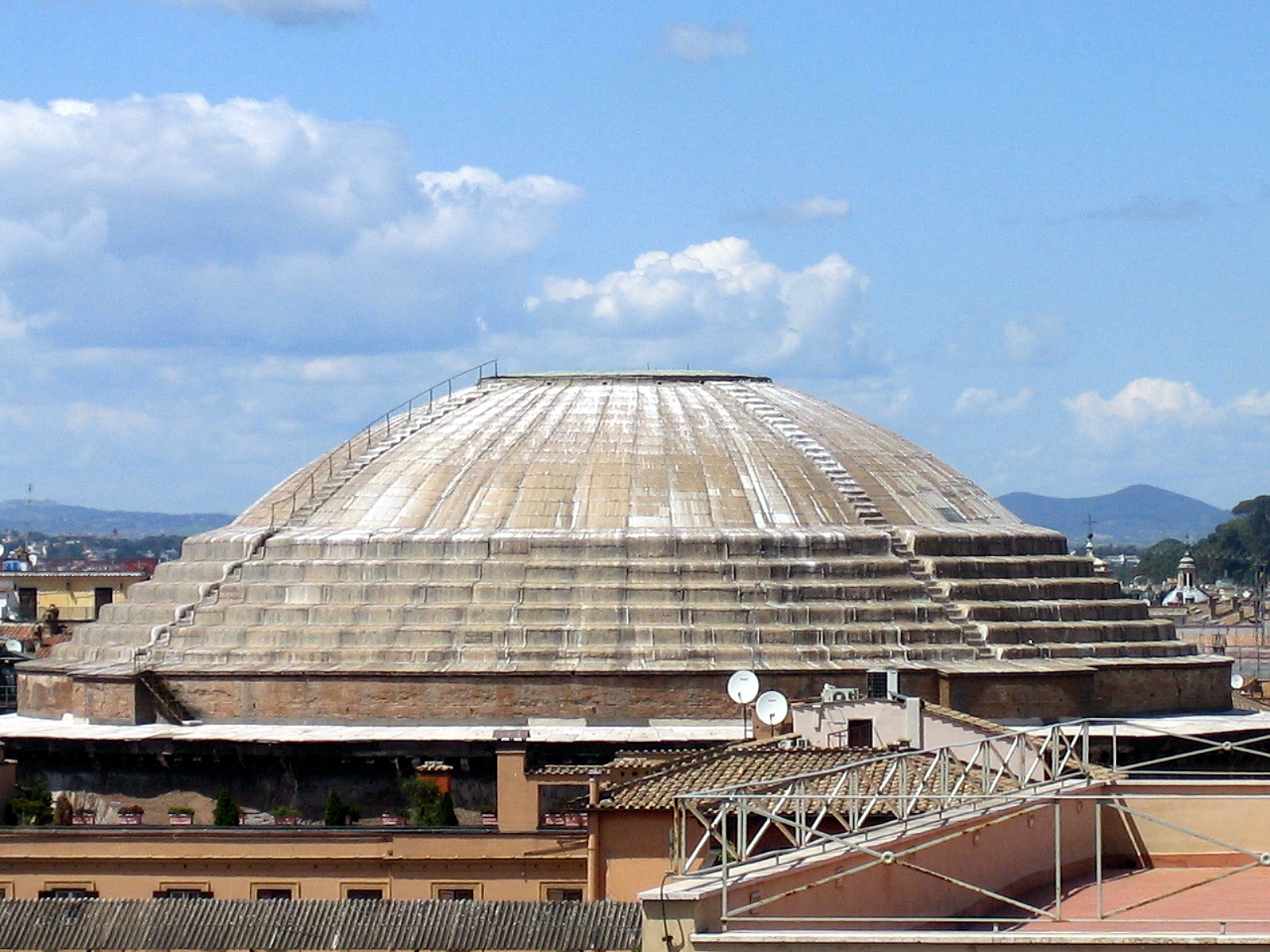Many of us in mathematical crystallography, or theoretical crystallography, or the foundations of crystallography, or whatever you want to call it, have the impression that this is a field, that it is emerging (or re-emerging), and perhaps it would be a good thing if this field became more active and popular.
But what is entailed by an emerging field? And how would we encourage its growth? It turns out that there are experts on this kind of thing: the sociologists and philosophers of science. Let’s begin at the beginning (philosophers, like mathematicians, like to define their terms): what do we mean by a field? This is not a silly question: in fact, I claim that it is central to what we want to do.
Lindley Darden wrote that a field as an area of science with “a central problem, a domain of items taken to be facts related to that problem, general explanatory factors and goals providing expectations as to how the problem is to be solved, techniques and methods, and concepts, laws and theories related to the problem which attempt to realize the explanatory goals.” A field is about a problem. Darden outlined the emergence of cytology and biochemistry, and claimed that what they had in common was the discovery of something new, the introduction of new techniques for studying it, and the successful explanation of the new thing.
This is the underlying economic reality: people are not interested in we are interested in; they are interested in what they are interested in. They have their own agenda. Getting involved in a new field – even paying attention to a new field – is a lot of work. Why should they do that? An emerging (or re-emerging) field will gain attention and support if it provides something useful. Here is Ralph Waldo Emerson’s famous mousetrap quote (the original quote didn’t mention mousetraps):
… If a man has good corn, or wood, or boards, or pigs, to sell, or can make better chairs or knives, crucibles or church or gans, than anybody else, you will find a broad hard-beaten road to his house, though it be in the woods. And if a man knows the law, people find it out, though he live in a pine shanty, and resort to him. And if a man can pipe or sing, so as to wrap the prisoned soul in an elysium; or can paint landscape, and convey into oils and ochres all the enchantments of Spring or Autumn; or can liberate or intoxicate all people who hear him with delicious songs and verses; tis certain that the secret cannot be kept: the first witness tells it to a second, and men go by fives and tens and fifties to his door. … |
It may not be clear that there is something entirely new. For example, the notion of a group took several decades in the late Eighteenth century and early Nineteenth century to emerge: mathematicians from Leonhard Euler (in 1761) to Evariste Galois (in 1831) toyed with groups of permutations, but it was Galois who launched the word group and only later, in 1846, that Augustin Cauchy announced that for over eighty years, mathematicians had been exploring (drum-roll, please), groups of permutations (see Hans Wussing’s The Genesis of the Abstract Group Concept for details). And through those eighty years, and ever since, groups held mathematicians’ attention because they were helpful.
Here is an example I have been foisting on passersby. How did a growing knowledge of physics, and a growing sophistication in engineering drawing, transform architecture? There are many ways, and here is one. Before the Renaissance, domes were either shallow or small or buttressed.



Three famous pre-Renaissance domes. The Pantheon (left) is shallow, the Dome of the Rock (center) is a small wood dome, and the Hagia Sophia (right) is intermediate- sized and buttressed on all sides. (Images hotlinked from Wikimedia Commons.)
The problem was hoop force, the outwards force on the lower part of the dome: a big, tall, masonry dome was likely to collapse as the lower part burst outwards. So before the Renaissance, architects made the dome shallow (no lower part to burst outwards), or small (much smaller hoop force), or made of wood (which has greater tensile strength than stone), or buttressed, etc.
In the early Renaissance, the City of Florence decided to build a cathedral dedicated to St. Mary of the Flowers, with an immense octagonal dome 43 meters wide – wider than any dome since the Pantheon itself. They built the cathedral, but prepared no buttressing for the dome, and then … they had a church with no roof. After several decades, they were persuaded to let Filippo Brunelleschi solve the problem, which he did. The solution was a pair of concentric domes: the light outside one we see from afar, and a sturdy inner dome reinforcing the outer one (and itself reinforced with several bands) and helping support the lantern on top. Shortly afterwards, Michelangelo employed the same design when building the dome of St. Peter’s Basilica. And then came Christopher Wren‘s triple dome, with light inner and outer shells giving the hemispherical shape, and a sturdy catenary-shaped cone in between. Wren’s variant of Brunelleschi’s innovation was anticipated in Asia: the multiple dome / shell design makes onion domes (like the Taj Mahal, built before St. Paul’s cathedral) possible.




From left to right, Brunelleschi’s double dome in Florence, then Michelangelo’s double dome in Rome, then cross section of Wren’s triple dome in London, and to the right, (possibly) Ustad Ahmad Lahauri‘s double dome in Agra. Images hotlinked from Wikimedia Commons.
This was also an era when the drawing techniques of secretive medieval guildsmen were gradually displaced by the more precise drawings of (often geometry-oriented) artists of the Renaissance realist movement – including Brunelleschi and Michelangelo’s successor for St. Peter’s, Jacopo Barozzi da Vignola, who took over Michelangelo’s project when he died, and completed it using Michelangelo’s drawings. The engineers of the fifteenth, sixteenth, and seventeenth centuries were able to build unprecedented structures not only because of the growing understanding of physics, but also because of the more careful and comprehensive design. (See Henry Cowan, The Master Builders : A History of Structural and Environmental Design from Ancient Egypt to the Nineteenth Century and Peter Jeffrey Booker’s A History of Engineering Drawing for more details.)
Science and technological progress is a field of study in itself these days. One of the major recent studies presents European technological innovation during the last millennium as a culture of improvement, in which we do not have one inventor suddenly inventing the steam engine, but instead several centuries of inventors successively improving on their predecessors’ steam engines (which, in turn, had been rediscovered from antiquity). The two most popular models of this kind of cultural process probably are:
- Donald Campbell’s notion of evolutionary epistemology, which was an extension of his psychological theory of Blind Variation and Selective Retention (BVSR). A creative process – either individual or social – relies on an idea generator, and ideas are selected based on the needs of the moment. The selected ideas are remembered, and gradually a structure of knowledge (or of culture) is assembled. Campbell was motivated by Darwin’s theory of natural selection, and subsequently by the theory of punctuated equilibrium advanced by Niles Eldredge and Stephen Jay Gould: during the evolutionary process, there are long periods of relatively little change in a species, “punctuated” by brief periods of rapid change when new species emerged from the old.
- Thomas Kuhn’s division of scientific research into two categories. Normal science, which is the “puzzle solving” that occupies most of industrial and academic science, and which operates under the auspices of a consensus “paradigm” accepted by most practitioners. On occasion, internal and external stresses on a paradigm leads to a transition from one paradigm to another, which we call a scientific revolution.
Notice that both models encompass scientific revolutions very well, but do not particularly address the problem of stretching to reach a notion just outside of the scientific community’s grasp.
Several years ago, I advanced a sort of merged metaphor. Imagine scientific truth (whatever that is) being an invisible edifice, and imagine that scientists are gardeners growing a vine up the edifice. We can’t see the edifice, but we can see the vine on the edifice creating an outline of the turrets, balconies, gargoyles, and other (invisible) features of the edifice. This metaphor has two important features for us, both based on the notion that an emerging field needs recruits, and thus the vine’s growth must be guided not only for exploring the edifice, but to make it navigable by novices.
In his history of group theory, Wussing (above) points to Galois’ almost wilful opacity as one of the reasons why his work took over a decade after his death to have an impact, and in my paper, I followed Michael Crowe’s account of Hermann Grassman burying his predecessor of vector algebra in difficult tomes, as opposed to Willard Gibbs’ more strategic marketing (with preprints). And this brings us to where all this sociology and philosophy can help us: if we are in an emerging field, what are we supposed to do?
Let’s first look at how an innovation happens. The popular vision is of some hermit who invents a better mousetrap, and the world beats a path to his door. Probably the most popular example of this in animal behavior was that of a low-ranking female in a Japanese monkey troop that twice discovered more efficient food processing techniques that subsequently percolated up the (male-dominated) hierarchy. Unfortunately, the human innovators of this type that come to mind are often people like Galois, Grassman, Vincent van Gogh, and Gregor Mendel: while every once and a while, such a lonely genius (like Srinivasa Ramanujan) is discovered Hollywood-style by a perceptive master (like Godfrey Hardy), but very few masters seem as perceptive and receptive as Hardy.
Kuhn thought that the social and institutional obstacles to a marginal figure making a major innovation and having the community respond positively were so difficult that most successful innovations would arise closer to the center of the action. Indeed, Bernard Barber enumerated a whole list of different reasons and ways that the scientific community resists innovation: some scientists cling to their old models and methodologies, many have a variety of attitudes towards mathematics, some are wary of anything outside of their immediate specialty, and following the stereotype, “… sometimes men of higher professional standing sit in judgment on lesser figures before publication and prevent a discovery’s getting into print,” and “That the older resist the younger in science is another pattern that has often been noted by scientists themselves and by those who study science as a social phenomenon.” An even gloomier view was advanced by Donald Hambrick and Ming-Jer Chen, who wrote that practitioners in neighboring fields may see a new field as a competitor for scarce resources.
Dean Simonton additionally argued that a successful innovation would likely be made by someone who had already so mastered the subject that they were already known (I seem to remember one writer trotting out Isaac Newton, Charles Darwin or Maynard Keynes as examples).
But there is an intermediate possibility suggested by the explosion of Cubism a century ago. Stoyan V. Sgourev notes that in 1907, when Pablo Picasso produced Les Demoiselles d’Avignon below, he was a minor figure but not marginal: he was already known for his Blue Period paintings. In addition, the growth of the middle class and the appearance of mass art had ironically produced niche markets for exotic art, and Picasso had connections to one of the niche marketers. After four years, Cubism was probably “the dominant avant-garde idiom in Paris,” but as Cubist art circulated in private markets (and not the conservative salons), the movement fragmented with no real leaders, but instead a growing cohort of practitioners. In essence, what Cubism needed was infrastructure, an accessible economic demand, and a network to exploit, but no stellar leaders (although Picasso and Georges Braque would be proclaimed the leaders later, after the critics recovered from the shock).


Les Demoiselles d’Avignon by Picasso (hotlinked from Wikimedia Commons) and Houses iin L’Estaque, (hotlinked from the Artchives) the work described by art critic Louis Vauxcelles as “Bizarreries Cubiques,” thus giving “Cubism” its name.
But mathematical crystallography already has senior and prominent participants and friends. So where do we go from here? Well, we are feeling our way, and considering the far-flung nature of the field (both as an interdisciplinary field and one whose practitioners are geographically scattered), one issue is communication: Diana Crane claimed that practitioners who are clustered together can support each other, while those lacking contacts in ancillary or outlying areas that they develop interest in will have as their primary resource journals, books, and conferences, but that can be difficult.
So we are talking about infrastructure (and economic demand, which will be the subject of later posts). Conferences, journals, workshops, and so on. There is another consideration: Jan Fagerberg and Bart Verspagen noted several authors who argued that in order to established credibility among other scientific fields, a new field has to construct visible quality controls – although I suspect that a snooty exclusivity could be unhelpful, especially in this field, which is ancillary to so many amateurs and enthusiasts, whose presence can be felt by the success of conferences like the one described in Marjorie Senechal and George Fleck’s Shaping Space: a Polyhedral Approach and books like Herman Weyl’s Symmetry and John Conway, Heidi Burgiel and Chaim Goodman-Strauss’ Symmetries of Things; indeed, young amateurs and enthusiasts will be among our recruits (and older amateurs and enthusiasts will be among our community supporters – and in an era of intelligent design, climate denial, and ancient aliens, science can use all the community support it can get).
One priority for infrastructure is recruitment. Luis Bettencourt et al constructed a model of new scientific fields and looking at cosmological inflation, cosmic strings, prions, H5N1 influenza, carbon nanotubes, and quantum computing, they found that the following formula is a good fit. Let ΔP be the number of new publications in a year, ΔA the number of new authors, and α a “scaling exponent”, then ΔP / (ΔA)α is nearly constant – and they call this the normalization constant. In other words, the number of publications corresponded well to the number of recruits (although there is also an α which reflects how well the field is doing).
Notice that this is the number of new authors, not the number of young practitioners. But either way, we are talking about recruits, and we are back to the pedagogical issue. The field will need expository materials and tutorial programs – not unlike the workshops organized by the IUCr Commission on Mathematical and Theoretical Crystallography – and we need to think about students. How would a student learn mathematical crystallography? How would they become prepared to learn mathematical crystallography? One of the issues raised in the National Research Council’s Mathematical Challenges from Theoretical / Computational Chemistry is that mathematics students don’t learn chemistry and chemistry students don’t learn (much) mathematics, so neither cohort is prepared to do much in the intersection of chemistry and mathematics. This will have to change if mathematical crystallography is to progress.
At the SIAM Mathematical Crystallography mini-symposiums, one of the participants worried that if we recruited graduate students, they might have difficulty getting employment. As someone who concentrated on mathematical logic as a student – the joke there was that one had to wait until someone died before one could get a job – I am sensitive to the issue. There seem to be two reactions.
- One of my colleagues would tell his students not to go into mathematics unless they were committed to it. It was a calling, not a career. One went into it because it was beautiful. And if one would be practical, learning mathematics prepared one for many careers (like the humanities, which seems just as good – or possibly better, according to some studies – than business school in preparing students for business careers).
- If we believe that mathematical crystallography is good for something, that it is useful in solving important problems, then we believe that our work will create an economic demand for our students. That puts the ball squarely in our court: it’s up to us to create a market for our students.
If we are going to recruit people, we have an obligation to know what we are doing.
